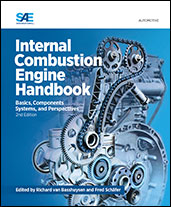Technical Paper
Transmission of sound under the influence of various environmental conditions
2024-06-12
2024-01-2933
Electrified vehicles are particularly quiet, especially at low speeds due to the absence of combustion noises. This is why there are laws worldwide for artificial driving sounds to warn pedestrians. These sounds are generated using a so-called Acoustic Vehicle Alerting System (AVAS) which must maintain certain minimum sound pressure levels in specific frequency ranges at low speeds. The creation of the sound currently involves an iterative and sometimes time-consuming process that combines composing the sound on a computer with measuring the levels with a car on an outside noise test track. This continues until both the legal requirements and the subjective demands of vehicle manufacturers are met. To optimize this process and reduce the measurement effort on the outside noise test track, the goal is to replace the measurement with a simulation for a significant portion of the development.


